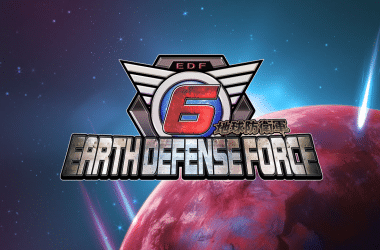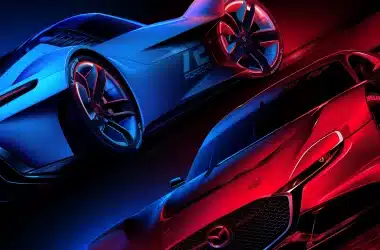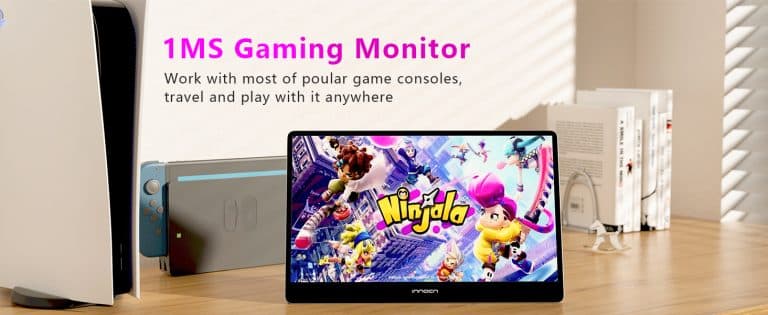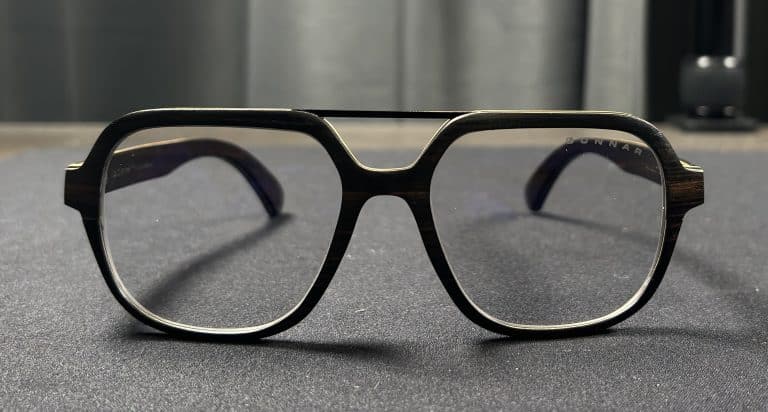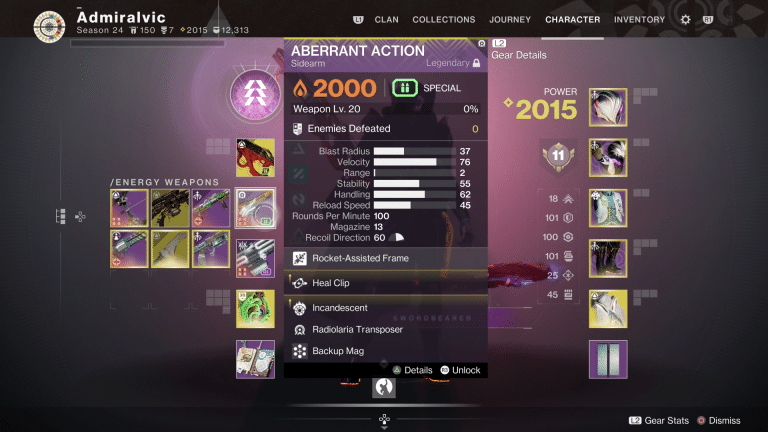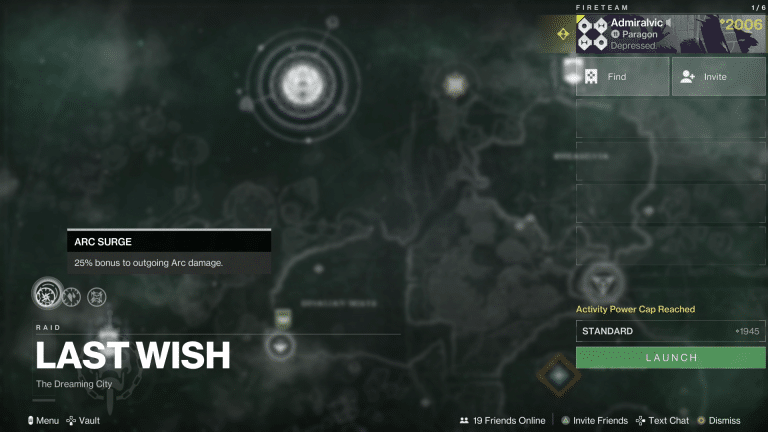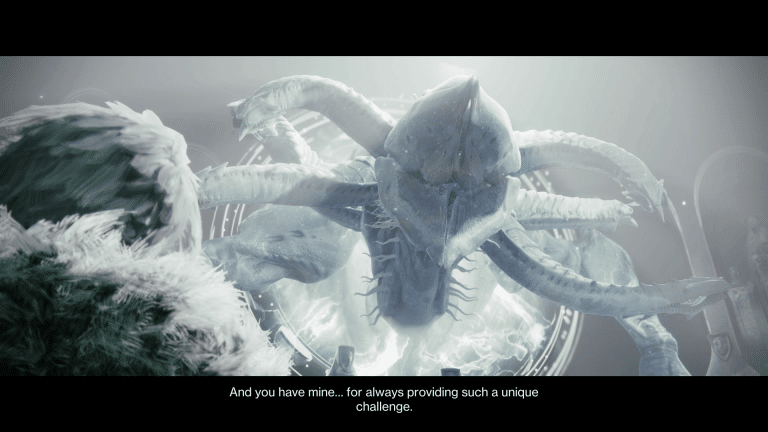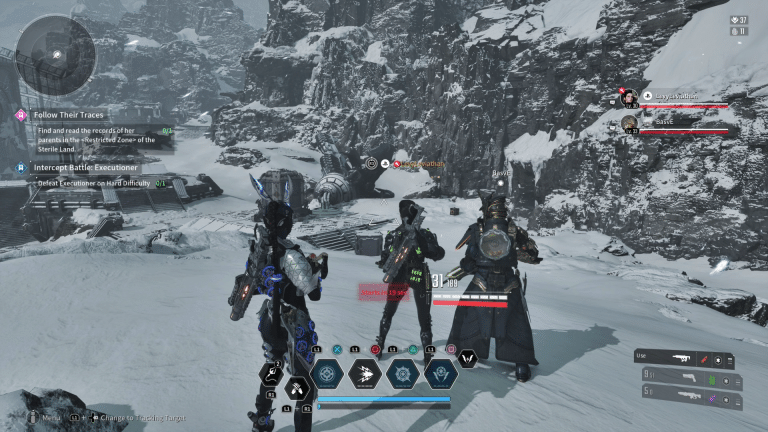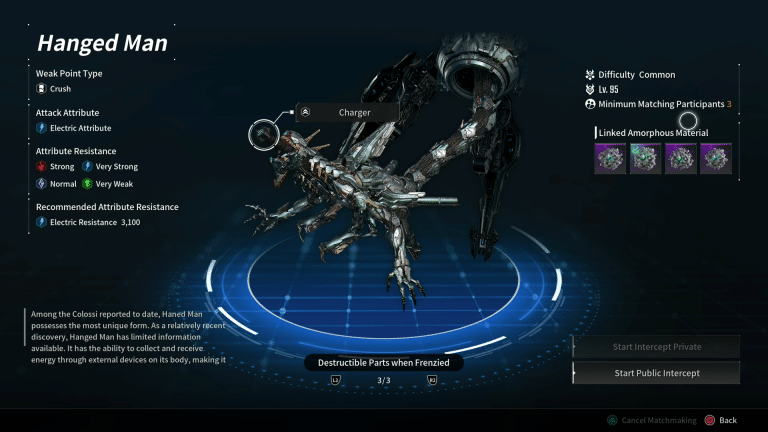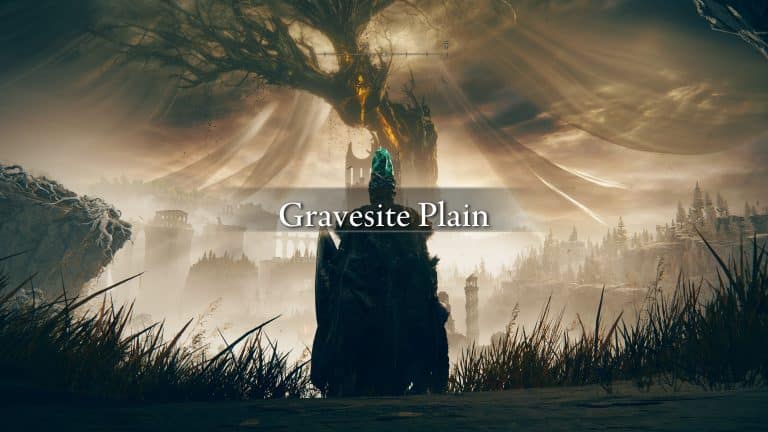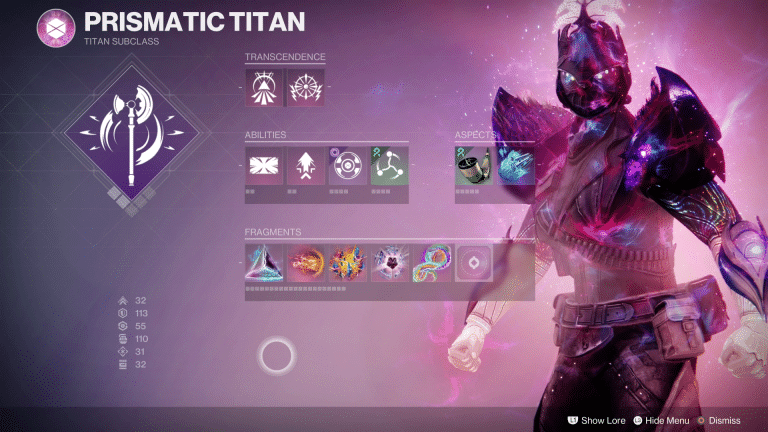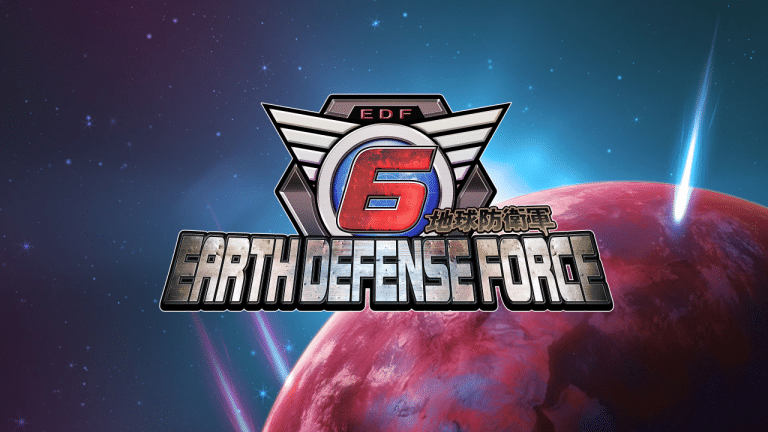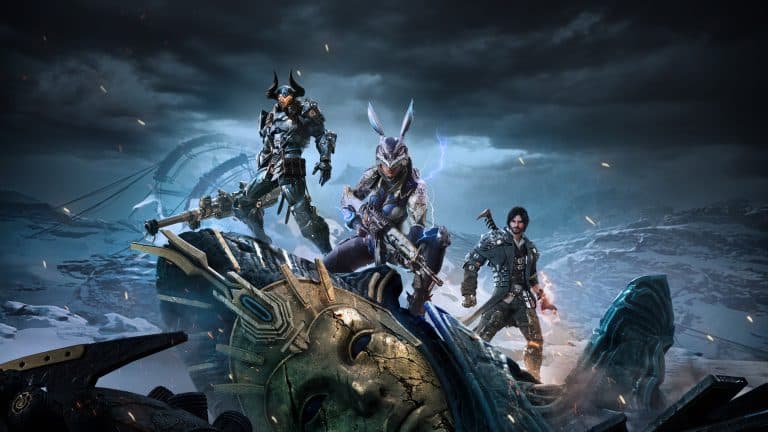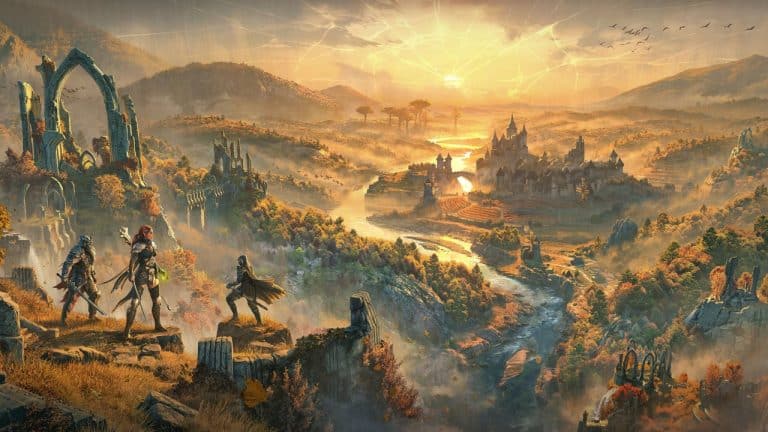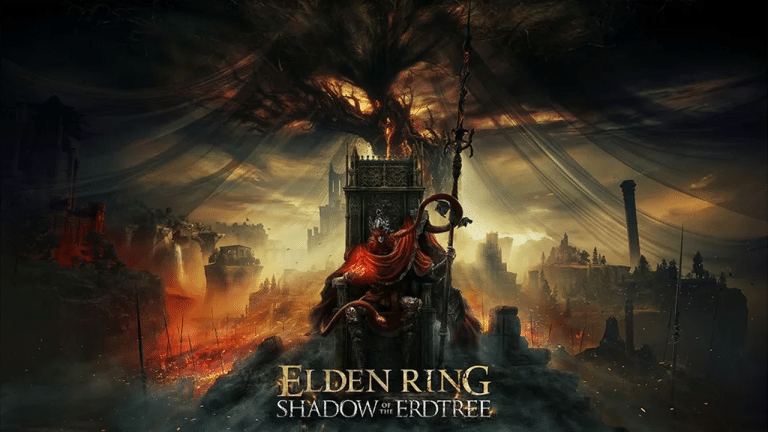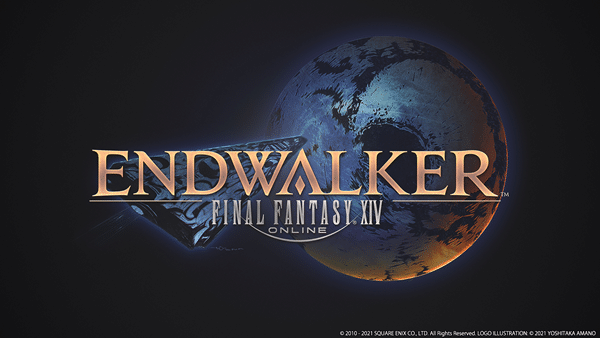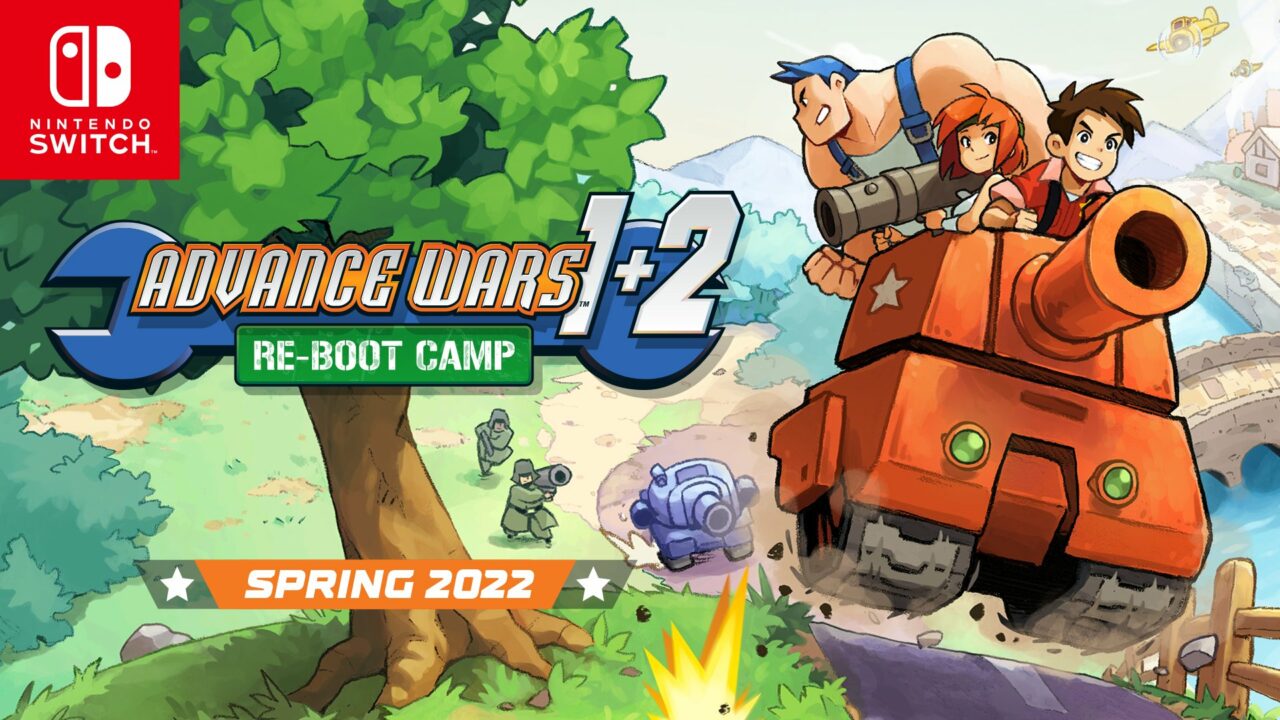Sabotage Studio confirmed their upcoming turn-based RPG, Sea of Stars, will be available on launch for PlayStation Plus Extra/Premium members. This marks the first game to launch on both PlayStation Plus Game Catalog and Xbox Game Pass to date.
If that isn’t exciting enough, a playable demo is now available on PlayStation, Xbox, Nintendo Switch, and PC.
Philippe Dionne, level designer for Sabotage Studio, added some insight on the demo and overall vision of Sea of Stars.
Try it for yourself: demo now available
The demo features areas that will be part of the final game, but we made sure to pick a slice that did not reveal any major spoilers from the main story. It is designed to give a hint of context but mostly showcases some gameplay systems and mechanics around dungeon crawling and combat. It aims to provide a sense of the tone and vibe without giving away major points of the journey.
It’s not exactly the final product, but we feel this playable slice represents what we are shooting for. We hope you will enjoy it!
Why is traversal so important to the vision?
Too often, we have fought epic monsters only to have then go out of our way to reach the next objective because a fallen tree was blocking the way. With Sea of Stars, we set out to move as far away from tile-based movement as possible to create something that would feel lighter and more seamless, while allowing for a more varied moveset, and in turn, offer more opportunities for players to interact with the environment during their adventures. We wanted exploration to be as fully fleshed out as combat.
The broad strokes of traversal were approached with the intention of sustaining a sense of tactileness to the surrounding environments, inviting players to touch everything they see and for the game to acknowledge their actions. The vision took the form of a promise we wanted players to hear while playing: “If it looks like you can grab on and hoist up, it’s because you can. And if the ledge is clear, feel free to jump off and see if there is a treasure down there–you can always climb back up afterward. Set aside any gameplay rules you have come to expect, look around and act on what seems to make sense physically, and the game will catch you.”
Now that’s certainly easier said than done, and we might as well simply demand catchy music, engaging combat, and a compelling story while we’re at it, but we still gave it our best shot.
A big part of keeping level layouts engaging is ensuring they contain a lot of micro-loops and interactions that allow us to play with the pacing, whether it is with movement speed, varied animations, or little modules that players have to decide how to traverse, often with more than one possibility, all linked seamlessly into the wide open areas that support the story we are telling.
Starting from the classic camera perspective, our characters move in eight different angles with movesets that include swimming, climbing, jumping off and hoisting up ledges, tightrope walking, and perhaps a future upgrade or two, which we won’t get into here for spoiler reasons. The MVP here is definitely hoisting since it allows for a lot more verticality in the gameplay than is usually seen in games of the genre.
In short, fleshing out the player’s moveset beyond walking in four angles and climbing in one angle gave us what we needed to break free from the classic bound-to-the-grid movement we wanted to modernize.
Traversal design: a concrete example
As mentioned earlier, the use of traversal can support different intentions. In the following example, it’s used as a way to teach the players to swim, or rather, that it is part of the actions available to them in Sea of Stars. For our levels to rely on swimming moving forward, we must first ensure that the players have learned the action, and that they will know to look for bodies of water in the future.
Here’s how the player’s volition is leveraged in the game’s early stages to make sure they teach themselves swimming in an empowering way instead of reading a pop-up card. First, let’s look at an early design sketch that leads to the final version of the swimming tutorial section found in the final game.
Pictured below is the moment where the level’s design organically presents the swimming feature. After a short fight, the main path leads to a single way forward, leaving the player with only one option to progress: walk the plank.
To support players who are unaware that swimming is even a thing yet, a clear path is emphasized by the level’s art, pointing to an inviting call to adventure of jumping off a ledge into a pool of turquoise water which compels players to try a jump action and discover what happens.
All environments have been designed to be tactile and reinforce the players’ habit of reflexively experimenting with them to discover new things by themselves without the need for intrusive tutorials or UI indicators that would break the immersion.
This is just one example, of course. Traversal gameplay has been designed inch by inch to be presented as sequences that support progression and flow throughout the game.
Simply put, when players are not fighting or reading dialogue, they are exploring, or rather, traversing. Even though players are free to explore at their own pace, deliberate pockets like these are present everywhere, each serving different intentions, whether it is helping to assimilate narrative information, cooling down after intense combat, offering an optional moment of contemplation, or learning a new skill through an invisible tutorial.
PlayStation Blog
Expect all of this and more when Sea of Stars releases for PlayStation 4/5, Xbox One/Series, Nintendo Switch, and PC on Aug. 29.


